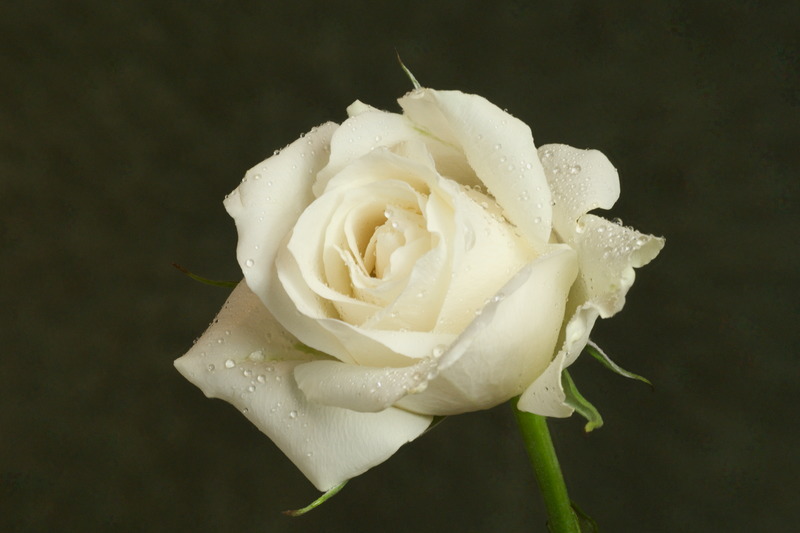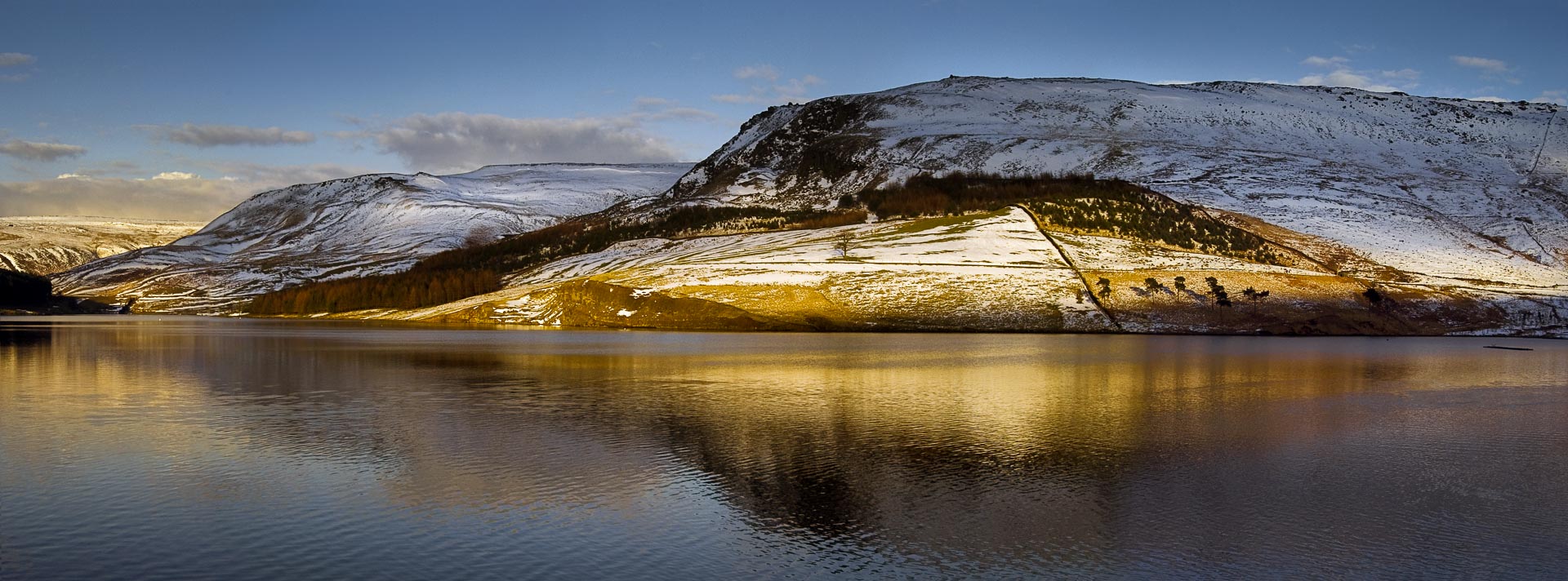
How it affects your camera:
Diffraction blur occurs naturally in every camera no matter how expensive the lens. How much blurring of the image depends on the aperture, specifically the f-number. It is not affected by the focal length of the lens; a 100mm lens at f/16 will produce the same “size” blur on the sensor as a 200mm lens at f/16 on the same camera. Perhaps surprisingly, the blurring increases as the aperture is reduced, i.e. as we “stop down” i.e. as the f-number increases.
So if we want to retain the maximum level of detail in our images – the best that our sensor is capable of – we should avoid using apertures smaller than a certain value. To take an example, my 16Mp, 1.5 crop Pentax K5 IIs will (theoretically) show diffraction blur at f-numbers higher than about f/10. This does not stop me using f/16 when the situation demands.
I referred above to the “size” of blur on the sensor. For a particular aperture this will be the same whether you have a 6Mp sensor or a 24Mp sensor, however the 24Mp sensor may be able to “see” the effect whilst the 6Mp sensor may not – simply because of its limited resolution.
My previous articles on this subject covered it in some detail. This article aims to present the essentials in a way that is useful to a wider audience. The following table allows you to find the “Diffraction limited aperture” for your camera – stopping down beyond that point will produce some blurring.
Stopping down to smaller apertures increases the amount of diffraction blur, the table shows at what point it becomes significant relative to the resolution of the sensor. This is a gradual effect.
| Sensor size: Megapixels (Mp) | Aperture: 1.5 crop | Aperture: Full frame (35mm) |
| 3 | f/22 | f/32 |
| 6 | f/16 | f/22 |
| 12 | f/11 | f/16 |
| 24 | f/8 | f/11 |
| 48 | f/5.6 | f/8 |
Examples
- Suppose you have a camera with a 16 Mp sensor and 1.5 crop factor. What is the Diffraction limited aperture (DLA)? The Mp column has a line for 12 and for 24 with respective DLAs of f/11 and f/8. Our 16Mp is nearer to 12 than to 24 so the best approximation for DLA is f/10. Note that this is all you need to remember – the rest of the table does not apply to your camera.
- Consider a full frame SLR with a 50Mp sensor. We could, of course, extend the table – the next line would be 96Mp – f/4 – f/5.6 (following the rule that we double the Mp and reduce the aperture number by a factor of √2, i.e. one stop) – however 50Mp is so close to 48Mp that we can accept the value of f/8 from the table.
Remember in all this we are referring to the aperture at which the diffraction blur is about the size of a pixel on the sensor. Thus a 6Mp camera will be more tolerant of diffraction blur at f/11 than a 24Mp camera at f/11 only because it can’t see it!
The focal length of the lens is irrelevant; it does not appear in the calculation of DLA. Also we assume a “perfect” lens. Real lenses have distortions which may be more serious than diffraction blur. Diffraction blur is a natural phenomenon and cannot be designed out by Canon, Nikon or even Pentax.
For further information on diffraction blur follow the link to my earlier article:-
How the Nature of Light affects the performance of digital cameras
© John Widdall January 2019

